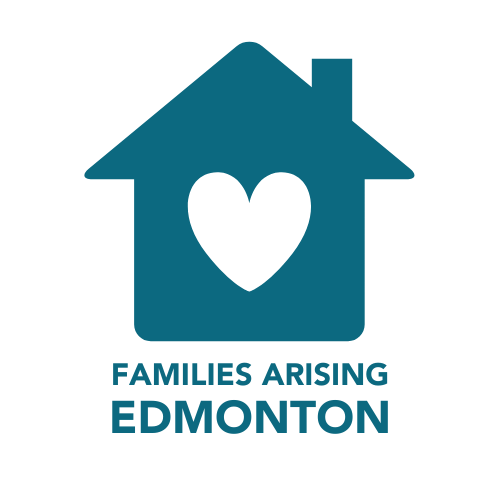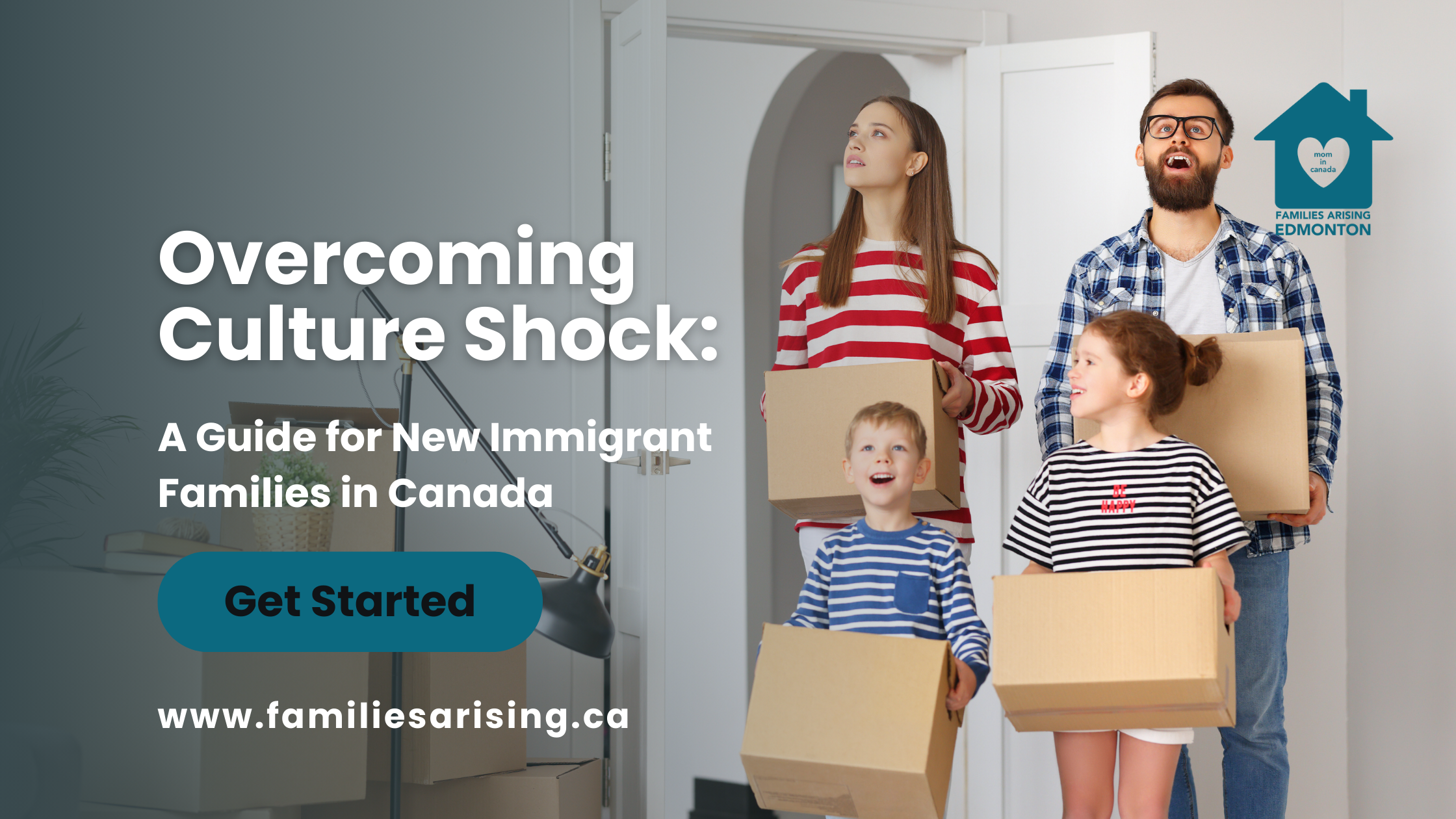Physical Child Abuse is deliberately hurting or terrifying a child by causing injuries such as cuts, bruises, broken bones, burns…
 As Nigerian Moms, I am aware of the fact that we are firm believers in spanking. But, where do we draw the line between discipline and physical abuse? When does physical punishment become physical abuse?
As Nigerian Moms, I am aware of the fact that we are firm believers in spanking. But, where do we draw the line between discipline and physical abuse? When does physical punishment become physical abuse?
When the desire to discipline a child borders on intentionally and willfully choosing to cause physical injury to a child, then we are moving into the realm of physical abuse.
The essence of punishment is to correct a child’s wrongdoing and it is not to inflict physical injury. As much as we want our kids to be the perfect kids, we must realize that we need to keep physical punishment within the proper boundaries, and make them age-appropriate.
 When a child is corrected appropriately, that child’s behaviour is expected to improve, but physical abuse generates the exact opposite of the intended response.
When a child is corrected appropriately, that child’s behaviour is expected to improve, but physical abuse generates the exact opposite of the intended response.
Physical abuse will result in poor physical, mental/psychological, and emotional development.
So, Dear Mom, before you apply physical punishment next time, please ask yourself this question, “What is my intention? What do I want to achieve?”
And if you find your child being physically abused by another person, older child [bullying], or adult, please take appropriate steps towards putting a stop to it:
- Let your child know what kind of correction to expect from other adults, by setting the right examples for him at home
- Encourage your child to tell immediately if he feels he is being abused by another person – of course as Mom, you should be able to sift the words to know when your child is simply telling a tale
- You may need to physically intervene by confronting the other party
- Your child may need to be physically separated from that person if the behaviour persists
Mom, Please Protect Your Child!
“Let’s Raise Children who won’t have to recover from their childhood” – Pam Leo
Oluseye Ashiru


